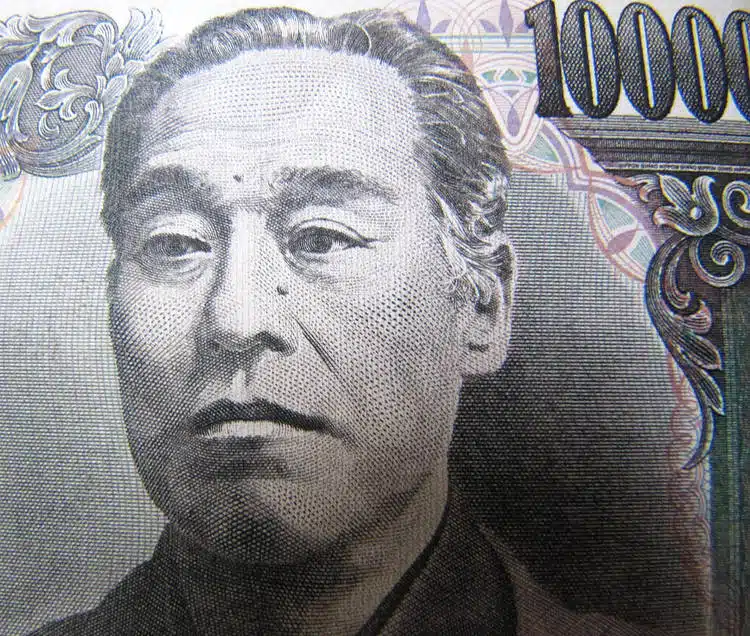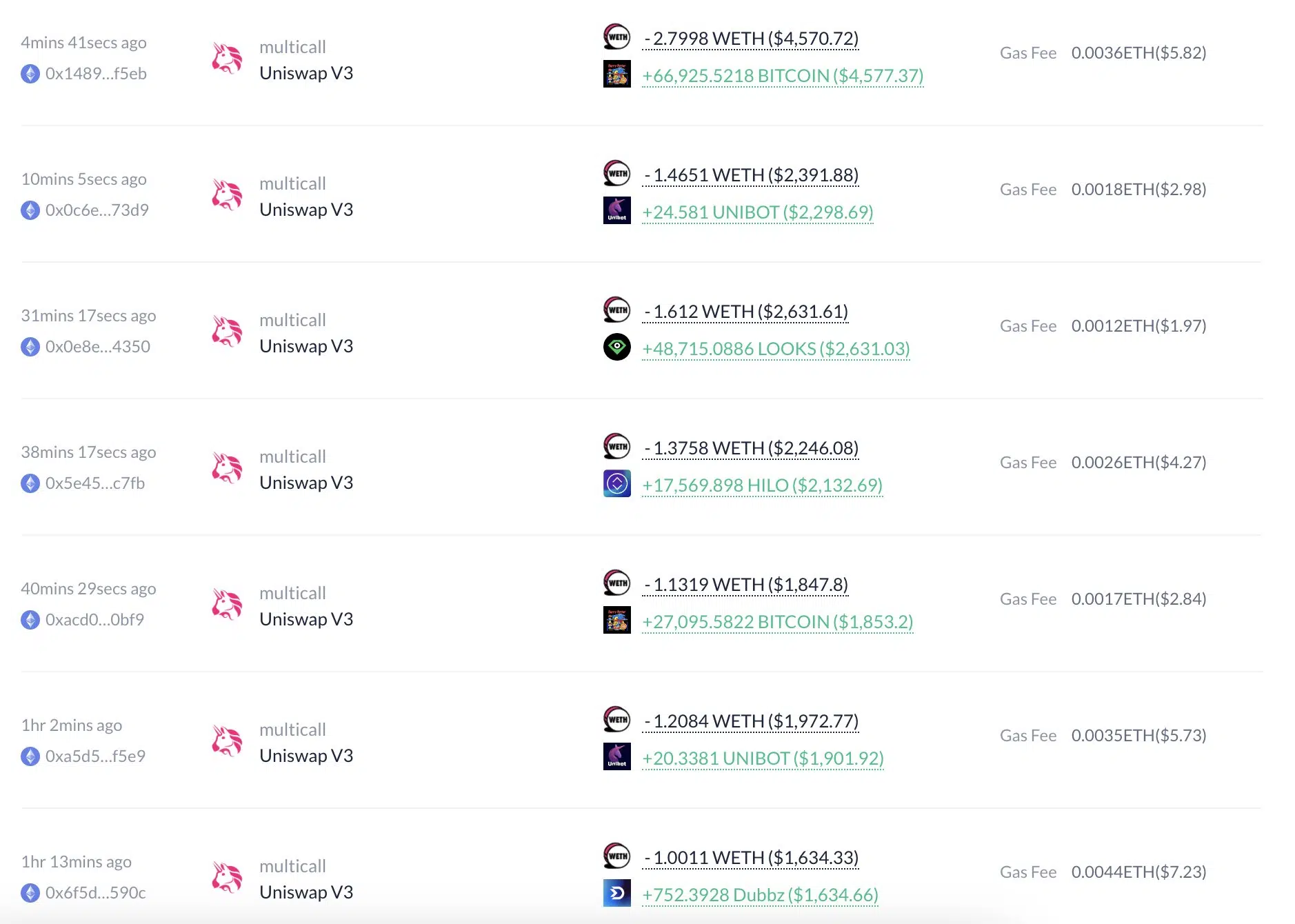Share:
USD/JPY has extended its recovery; however, economists at Credit Suisse view the current price action as a potential bearish “triangle” continuation pattern and continue to look for the range to be eventually resolved lower.
“Triangle” consolidation phase may last a while:
“We now look for further near-term strength in what is looking like the early stage of a potential ‘triangle’ continuation pattern. Resistance is seen next at 135.12, with tougher resistance expected at 136.67/137.30, which we look to cap.”
“Big picture, if we are correct and we are seeing the formation of a bearish ‘triangle’ this would suggest we should see an eventual break below 129.64 later in Q2 for a retest of the 127.53/23 YTD low and a 50% retracement from the 2021/2022 uptrend. When a fresh hold appears, it should be allowed for a better performance, and we could eventually see a fall to support the next level at 121.44, which is a 61.8% retracement. We would also expect such a fall to be in line with a more extensive market ‘risk-off’ phase.”
The triangle consolidation phase in the pair seems like it may last for a while, as near-term price moves remain capped by strong Fibonacci retracement levels. The potential bearish pattern suggests that USD/JPY may have more room to move lower in the coming months, which may align with a more general “risk-off” sentiment in the markets.
A triangle consolidation phase is a technical chart pattern that occurs when a security’s price momentum slows down and it continues to trade within a narrowing range. This pattern is seen as a continuation pattern, meaning that it is a pause in the trend that usually results in the price breaking out in the direction of the prevailing trend. In this case, the triangle pattern suggests that USD/JPY may continue its bearish trend in the longer term.
The strong resistance levels identified by Credit Suisse – 135.12 and 136.67/137.30 – are critical areas that could determine the future price action in the pair. Should the pair manage to break through these levels, it could signal that the bullish trend has regained momentum, and the triangle pattern may be invalidated. However, if the pair fails to break through these levels and continues to trade within the narrowing range, the chances of an eventual break to the downside become increasingly likely.
A potential bearish outcome aligns with the broader market sentiment, as the ongoing concerns about inflation, interest rate hikes, and geopolitical tensions heighten risk-aversion among investors. In such an environment, safe-haven currencies like the Japanese yen could gain strength against the US dollar.
Looking ahead to the rest of Q2 2022, USD/JPY’s price action may continue to be driven by market sentiment and developments in the global economy. As long as the concerns about inflation and interest rate hikes persist, the pair is likely to face significant headwinds that may weigh on its performance.
In summary, Credit Suisse expects the current triangle pattern in the USD/JPY to persist, with the potential for the pair to eventually break lower in alignment with a broader market “risk-off” environment. The near-term performance may continue to be determined by key resistance levels of 135.12 and 136.67/137.30, while a potential bearish outcome may entail a break below 129.64 later in Q2. This would result in the retesting of year-to-date lows and Fibonacci retracement levels at 127.53/23 and a possible move towards the next support level at 121.44.


